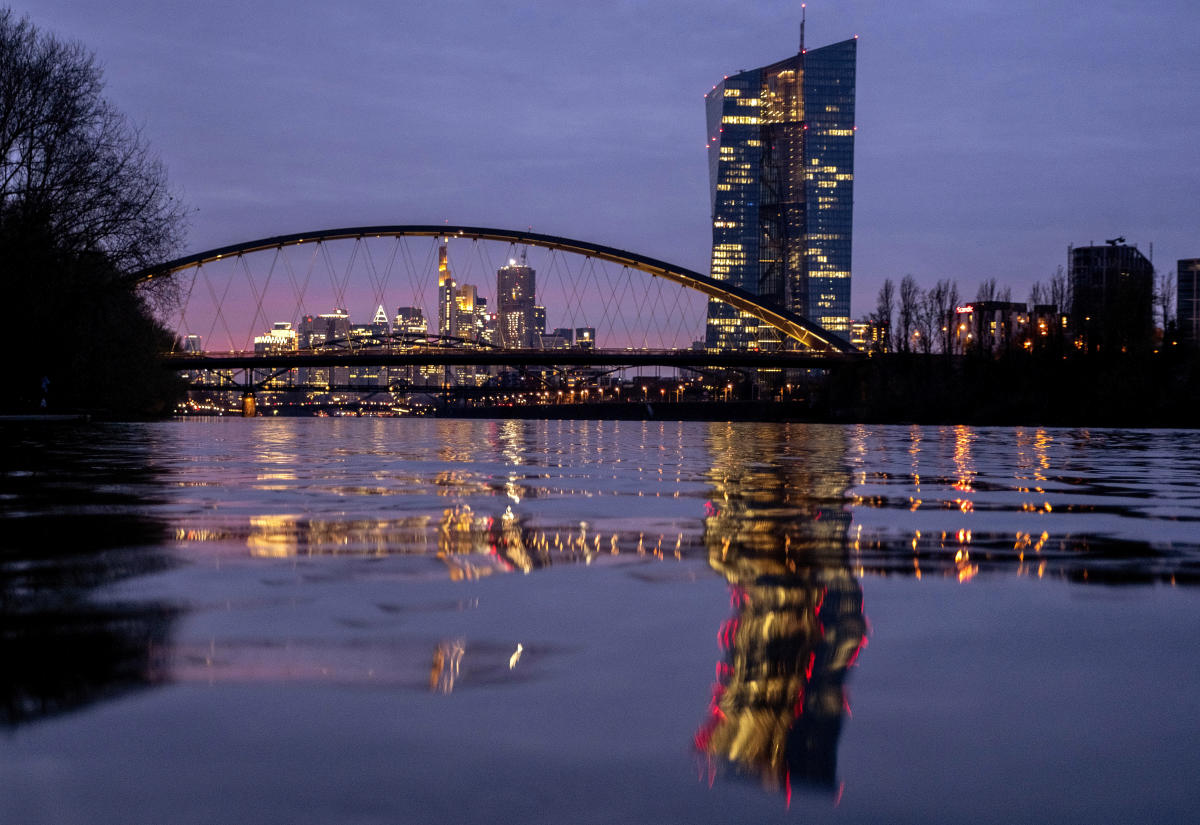In the first quarter of 2023, Europe’s economy showed signs of improvement with a growth rate of 0.3% compared to the last three months of 2023. This was the strongest performance seen in the eurozone since the third quarter of 2022, following two quarters of shrinkage. The easing inflation burden on consumers and a slight uptick in the German economy were significant factors contributing to this growth.
High inflation had been holding back the economy, reducing consumer purchasing power, and causing energy prices to spike due to Russia cutting off natural gas supplies. However, with falling energy prices and inflation dropping to 2.4% in April, these headwinds have started to ease. The European Central Bank’s record-high interest rates aimed at tackling inflation have posed another challenge by raising the cost of credit for businesses and consumers.
Speculation is now growing that the ECB may cut its benchmark rate in June from its current 4%. While Germany saw a 0.2% expansion in the first quarter, concerns persist about long-term structural issues such as excessive bureaucracy, skilled worker shortages, lack of infrastructure investment, and slow adoption of digital technology. This means that while the slight economic uptick is positive, Germany’s recovery may be limited by these ongoing challenges.
France recorded 0.2% growth, while Spain was a top performer with 0.7% growth. Ireland’s 1.1% gain also contributed to the overall eurozone figure, reflecting the impact of multinational corporations headquartered there. Despite these positive numbers, the eurozone continues to face challenges that could impact its future growth prospects.
In particular, Germany’s recovery may be hindered by ongoing structural issues that could limit its ability to sustain long-term growth. These challenges include excessive bureaucracy and red tape, which can make it difficult for businesses to operate efficiently and competitively; skilled worker shortages due to an aging population and declining birth rates; lack of infrastructure investment which can hamper economic development; and slow adoption of digital technology which can limit innovation and productivity.
While these challenges are significant, there are some positive signs emerging in Europe’s economy as well. For example, falling energy prices have helped ease some of the pressures on consumers and businesses caused by high inflation due to Russia cutting off natural gas supplies.
Overall though


